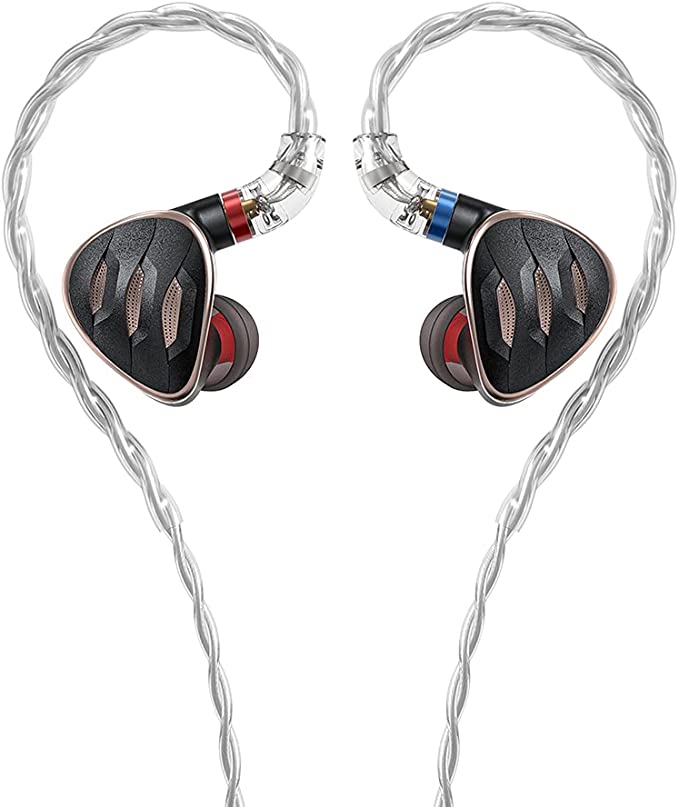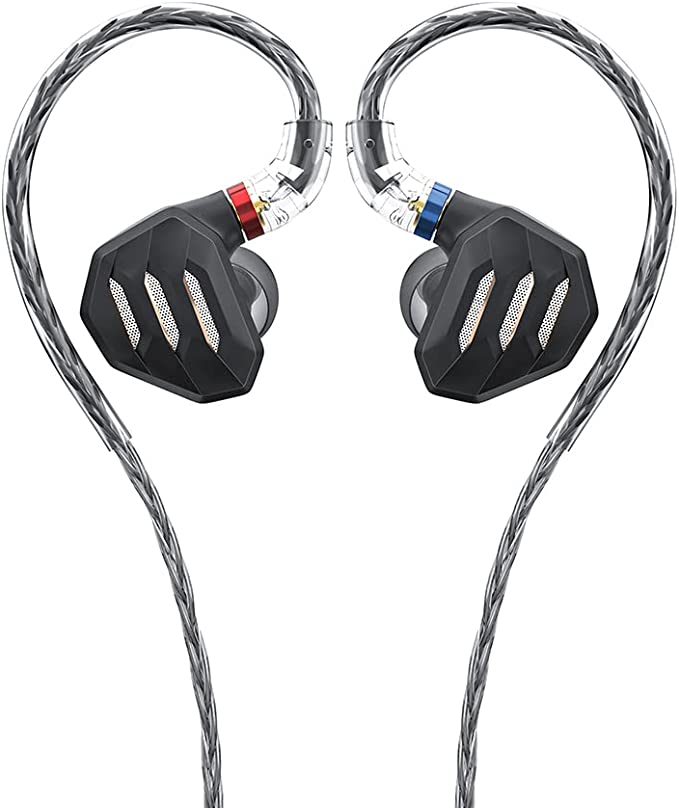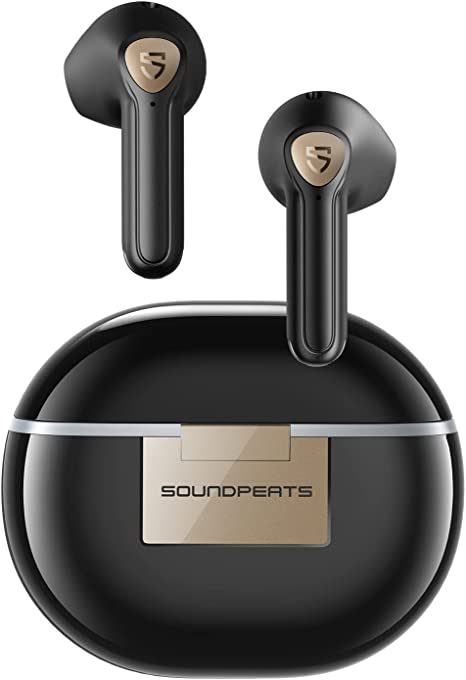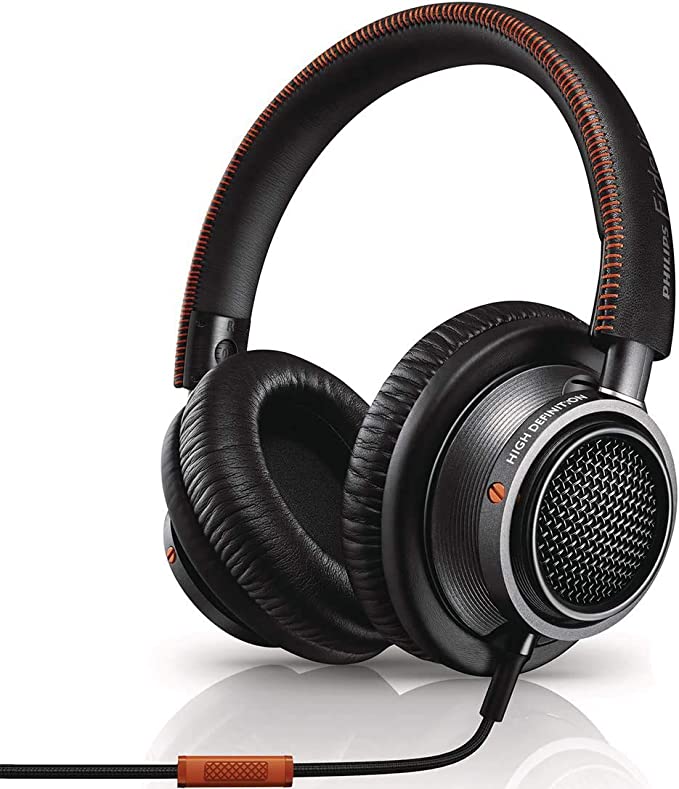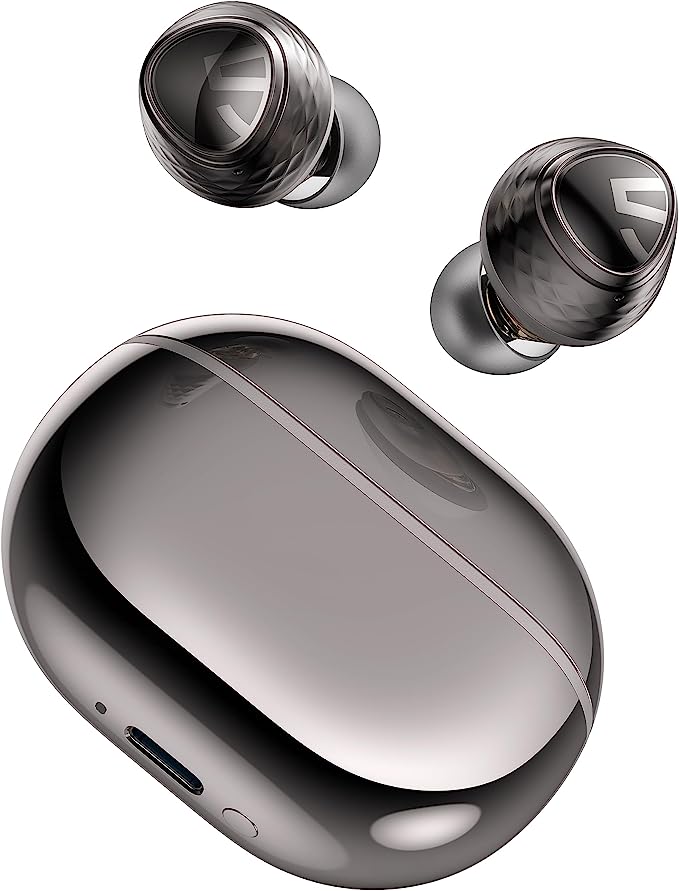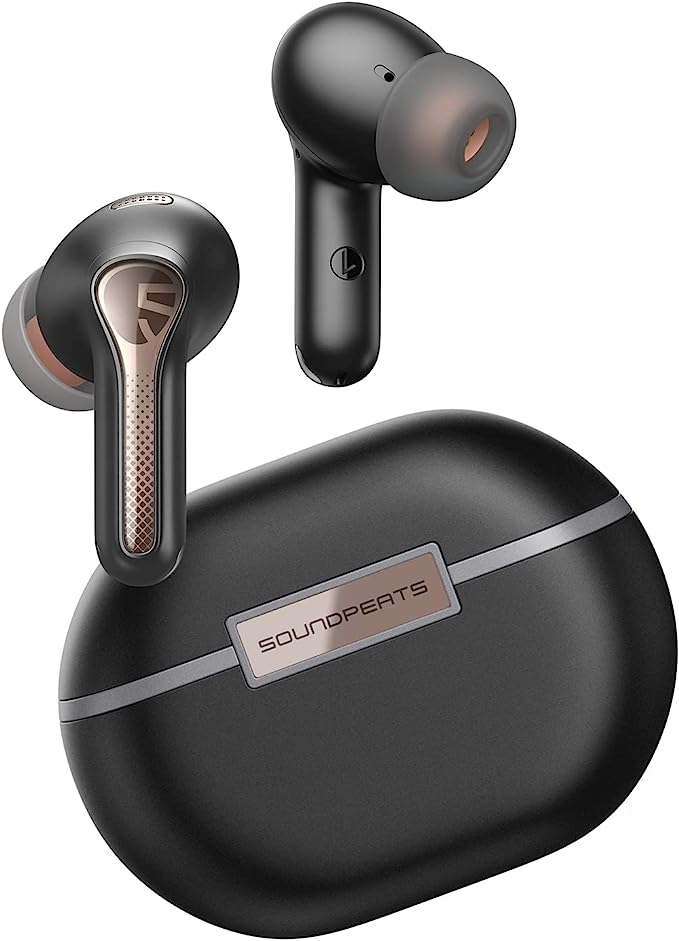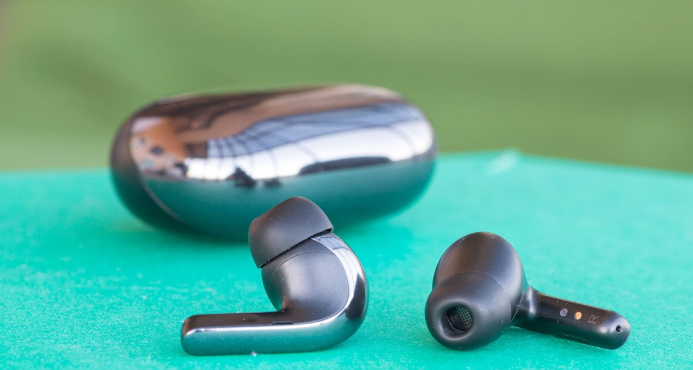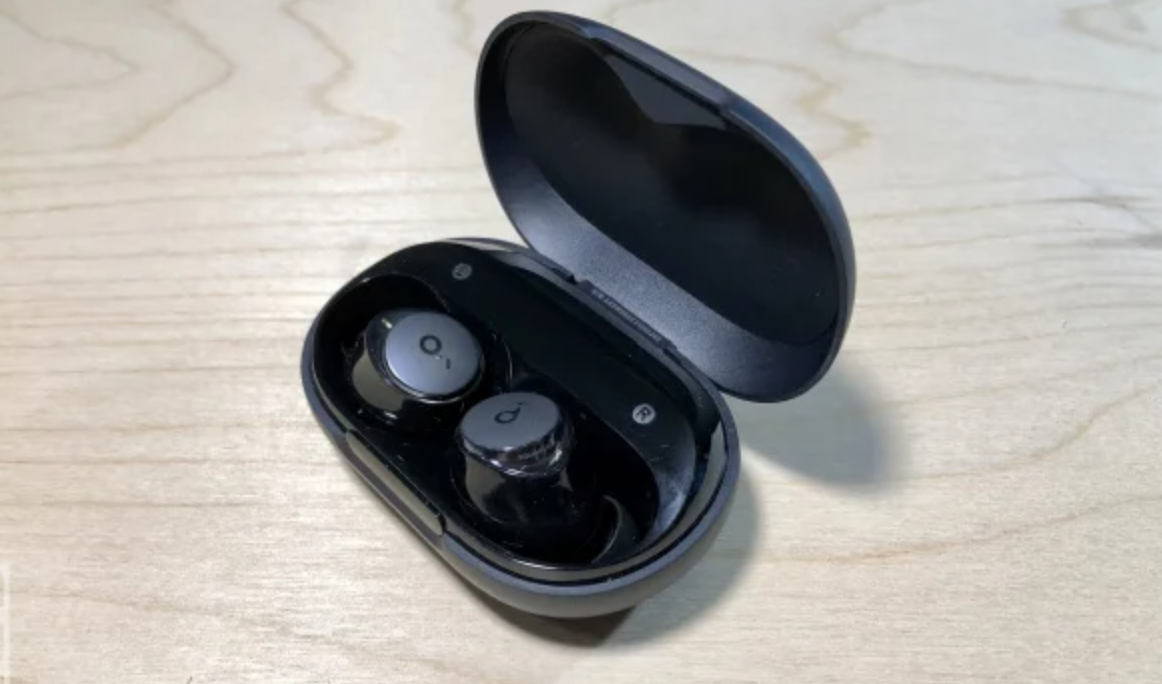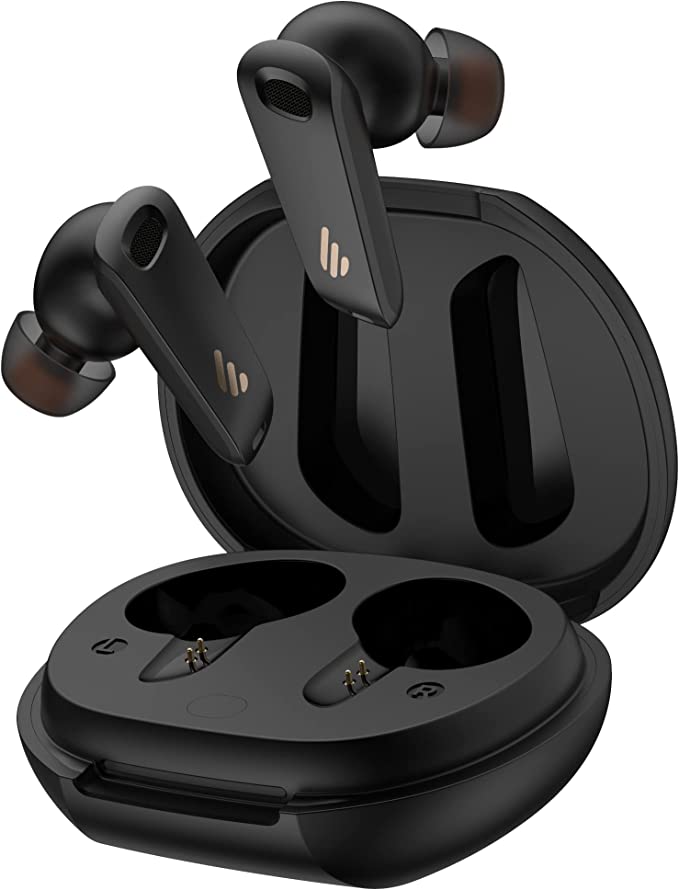FiiO FH7 Wired Headphones: Affordable Audiophile Excellence
Update on June 27, 2025, 5:23 a.m.
Miles above our world, the James Webb Space Telescope unfurls its golden, hexagonal mirrors to gaze into the dawn of time. These mirrors, tasked with capturing the faintest ancient light, are polished to near-atomic perfection. Their secret? They are crafted from Beryllium, a material so dimensionally stable and lightweight that it can hold its precise shape across extreme temperatures. It is, in every sense, a celestial material, chosen for its unflinching accuracy.
Now, imagine taking that same ethos of cosmic precision and scaling it down to a device that fits in your ear. What if you tasked this extraordinary material not with capturing light, but with recreating sound? This is the central question that lies at the heart of the FiiO FH7, and the answer unfolds like the blueprints to a miniature concert hall.

The Foundation: Forging a Visceral Bass
Every great structure begins with a flawless foundation. In a concert hall, this foundation dictates the richness and power of the cello and double bass. In the FH7, this role is performed by a massive (for its world) 13.6mm dynamic driver. But its diaphragm, the very surface that moves to create sound, is forged from Beryllium.
This is no arbitrary choice. In the world of physics, Beryllium possesses an absurdly high speed of sound—nearly 12,900 meters per second, more than double that of aluminum or titanium. This means the diaphragm can move and stop on a dime. The result is not the slow, booming bass that muddies a track, but a bass that is astonishingly fast, textured, and controlled. It’s the difference between a vague rumble and feeling the visceral, skin-of-the-drum impact of a kick drum pedal. You don’t just hear the note; you feel its shape, its attack, and its decay.
This powerful driver is housed within a shell of aerospace-grade aluminum-magnesium alloy, precision-milled by a 5-axis CNC machine. Think of these as the thick, inert walls of our concert hall. Their immense rigidity ensures that the only thing vibrating is the driver itself. The shell doesn’t add its own coloration or resonance, guaranteeing the sound remains pure, exactly as the artist intended.

The Interior Detail: Sculpting with Light and Air
With the foundation laid, we move inside the hall, where clarity and detail are paramount. This is the domain of a different technology, one born not from loudspeakers, but from the world of medical science: the Balanced Armature (BA). Originally developed for hearing aids to deliver maximum vocal clarity, these tiny, hyper-efficient engines are masters of precision.
The FH7 employs a quartet of these specialists from the renowned maker, Knowles. Two are dedicated to the midrange, rendering vocals and instruments with a breathtaking naturalness and presence. Another two handle the high and ultra-high frequencies, capturing the delicate shimmer of a cymbal or the airy reverb of a recording studio. To orchestrate this team, a four-way electronic crossover acts as the master architect. It intelligently divides the audio signal, sending only the low frequencies to the powerful Beryllium driver and the intricate mid and high frequencies to the nimble BA specialists. It’s a system of perfect delegation, ensuring no single component is overwhelmed and every part of the music is rendered by an expert.

The Unseen Passages: Mastering Acoustic Flow
The genius of architecture often lies in what you don’t see: the ventilation shafts, the wiring conduits, the structural supports. In the FH7, this hidden architecture is just as critical. FiiO’s patented S.TURBO V2.0 acoustic design is a masterpiece of fluid dynamics. It’s a long, turbine-shaped tube that guides the airflow from the Beryllium driver, acting like a miniaturized transmission line. This clever “acoustic hallway” deepens the bass response while simultaneously acting as a physical filter, stripping away unwanted frequencies before they can interfere with the delicate work of the BA drivers.
Even the signal’s journey from your player is meticulously managed. The included cable isn’t just a wire; it’s a bundle of 152 silver-plated copper strands woven in a Litz configuration. This specific design is a brilliant solution to a physics problem called the “skin effect,” where high-frequency signals tend to crowd to the surface of a wire, increasing resistance. By insulating each tiny strand, the Litz structure ensures the entire highway is used, delivering a pure, uncorrupted signal to the drivers.
The Final Act: You Are the Tonmeister
A concert hall is built, but it is not complete until it is tuned. This is where the FH7 performs its most compelling act, handing the final, critical role to you. Included are three pairs of small, interchangeable sound filters. These are not simple cosmetic pieces; they are sophisticated acoustic tools.
Think of them as adjustable acoustic panels for your personal concert hall. By changing the density and damping of the filter, you are subtly altering the resonance within the earphone’s nozzle. * The Red filter enhances the bass, like drawing a velvet curtain to warm the room’s acoustics. * The Green filter elevates the treble, like opening the skylights to let in more brilliant, airy light. * The Black filter offers the reference sound, the architect’s original, balanced vision.
You become the Tonmeister—the sound master—empowered to tune the final performance to perfectly match your music and your mood.

Coda: From Fidelity to Feeling
To look at the FiiO FH7 is to see a handsome earphone. But to understand it is to appreciate a marvel of integrated science. It is where materials science, acoustic engineering, medical technology, and precision manufacturing converge into a single, cohesive system. It proves that the highest-quality sound isn’t the result of one magic bullet, but the painstaking synergy of a hundred thoughtful decisions.
Ultimately, this intricate architecture serves one purpose: to dissolve the boundary between you and the music. It invites you to move beyond simple high-fidelity—the accurate reproduction of sound—and toward a deeper, more profound emotional fidelity. It’s an invitation to listen again to the songs you love, and this time, to hear not just the notes, but the very space they were built in.
